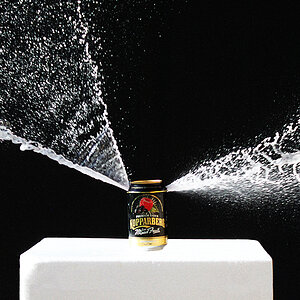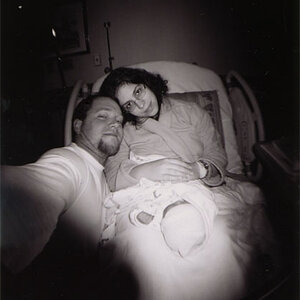kkamin
TPF Noob!
- Joined
- Aug 25, 2009
- Messages
- 515
- Reaction score
- 17
- Location
- Minneapolis
- Website
- www.kevinkaminphoto.com
- Can others edit my Photos
- Photos OK to edit
I'm new to RAW files, so I see an .XMP file that accompanies it. I believe it is the metadata collected by the camera right?
1. Why isn't this information embedded directly into the RAW file somewhere?
2. If I change the metadata of a RAW file within Bridge, will it write to that .XMP file? What happens when I write to the metadata of a JPEG, it writes inside the actual JPEG right?
3. After I convert the RAW file into a TIFF or whatever, does that .XMP file data get put into the TIFF or whatever?
Thanks!
1. Why isn't this information embedded directly into the RAW file somewhere?
2. If I change the metadata of a RAW file within Bridge, will it write to that .XMP file? What happens when I write to the metadata of a JPEG, it writes inside the actual JPEG right?
3. After I convert the RAW file into a TIFF or whatever, does that .XMP file data get put into the TIFF or whatever?
Thanks!









![[No title]](/data/xfmg/thumbnail/32/32811-2108d3f1ed7b5806eb452fc776aac668.jpg?1619735670)

